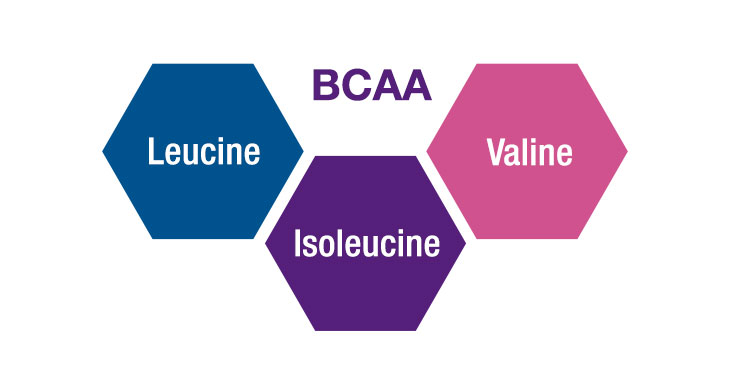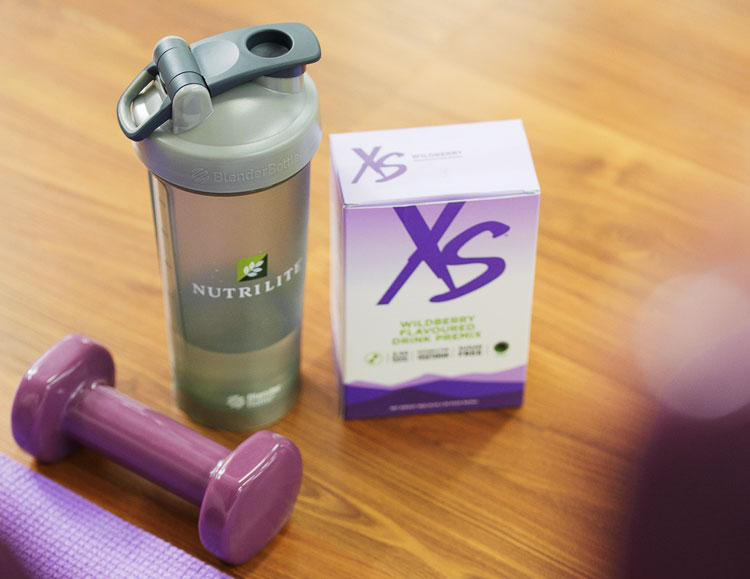
Protein is an essential component for building and repairing tissues in our bodies. But have you ever wondered what makes up a protein molecule? The answer lies in amino acids, the building blocks of proteins.
There are two types of amino acids: Essential Amino Acids (EAAs) and Non-Essential Amino Acids. In this article, we will delve into the realm of EAAs, focusing on the three Branched-Chain Amino Acids (BCAAs) that play a crucial role in muscle growth and recovery.

To understand EAAs, let's first explore what amino acids are. Amino acids are organic compounds that combine to form proteins within our bodies. EAAs, unlike their non-essential counterparts, cannot be synthesised by the body and must therefore be obtained from our diet or supplements.
There are nine types of EAAs that are vital for a healthy body. These include histidine, isoleucine, leucine, lysine, methionine, phenylalanine, threonine, tryptophan, and valine. These amino acids work synergistically to support various bodily functions, such as building and repairing tissues, aiding in brain function, and regulating metabolism.
Fun Fact: EAAs are present in free form, meaning they are readily available for immediate use by our bodies. This availability provides instant access to the necessary building blocks for lean muscle growth.

Out of all 9 EAAs, 3 of them (leucine, isoleucine, and valine) are specific amino acids known as the Branched-Chain Amino Acids (BCAAs), which have gained significant attention within the health and wellness community.

Approximately 40% of the EAAs that make up muscle tissues are BCAAs. The optimal ratio of BCAAs for muscle growth is 2:1:1, with leucine being the dominant component – refer to the chart above for a clearer representation of this ratio. This ratio has been shown to effectively support muscle growth and act as an energy source for fat burning.
Leucine, in particular, plays a crucial role in stimulating muscle protein synthesis (MPS), which is the process responsible for muscle growth and repair. Studies have consistently shown that leucine supplementation elevates MPS, thereby enhancing muscle protein synthesis and recovery.
Think of EAAs as the basic building blocks your body needs to stay healthy. BCAAs are a specific group of these building blocks. Now, instead of just using BCAAs alone, it's better to use both EAAs and BCAAs together.
With this combination, the best response will be triggered, and this will help Fuel Your Body, Build Your Lean Muscles, and Promote Muscle Recovery.

So, why wait? Reap the benefits of EAAs and BCAAs and witness the remarkable results they offer for your muscle building journey with the all-new XS Wildberry Flavoured Drink Premix < link to product: https://www.amway.my/p/126968 >
PS: This exciting new product is perfect for workout day and non-workout days too!
References:
1. Blomstrand, E., Eliasson, J., Karlsson, H. K., & Köhnke, R. (2006). Branched-chain amino acids activate key enzymes in protein synthesis after physical exercise. The Journal of Nutrition, 136(1_suppl), 269S-273S.
2. Glaessner, H., Herfarth, H., & Otto, W. R. (2018). Amino Acids in Clinical Medicine: A Review of Data on Dose, Administration Routes, Side Effects and Special Supportive Measures in Clinical Use. Journal of Clinical Medicine, 8(1), 10.
3. Lustgarten, M. S., Price, L. L., Chale, A., Fielding, R. A., & Jang, Y. C. (2014). Branched chain amino acids are associated with muscle mass in functionally limited older adults. The Journal of Gerontology: Series A, 69(7), 878-884.
4. Matsumoto, K., Mizuno, M., Mizuno, T., Dilling-Hansen, B., Lahoz, A., Bertelsen, V., ... & Bjerregaard, J. O. (2009). Branched-chain amino acids and arginine supplementation attenuates skeletal muscle proteolysis induced by moderate exercise in young individuals. International Journal of Sports Medicine, 30(05), 369-374.